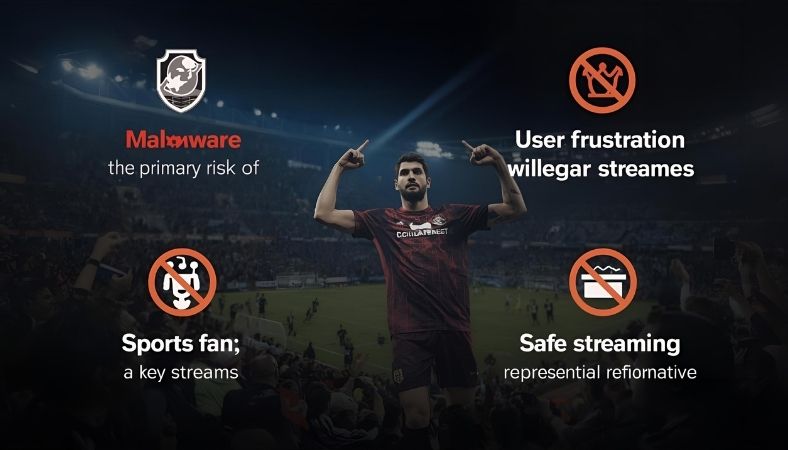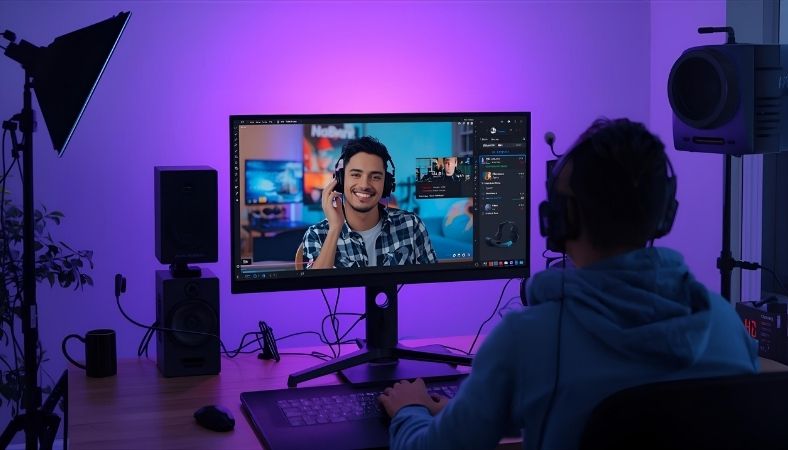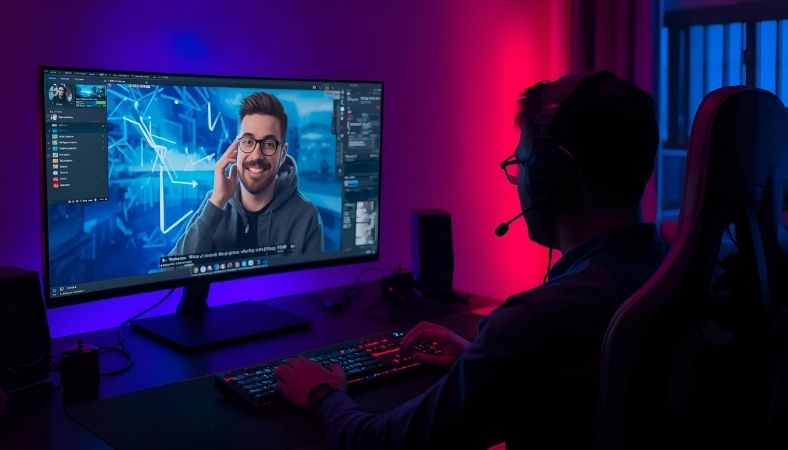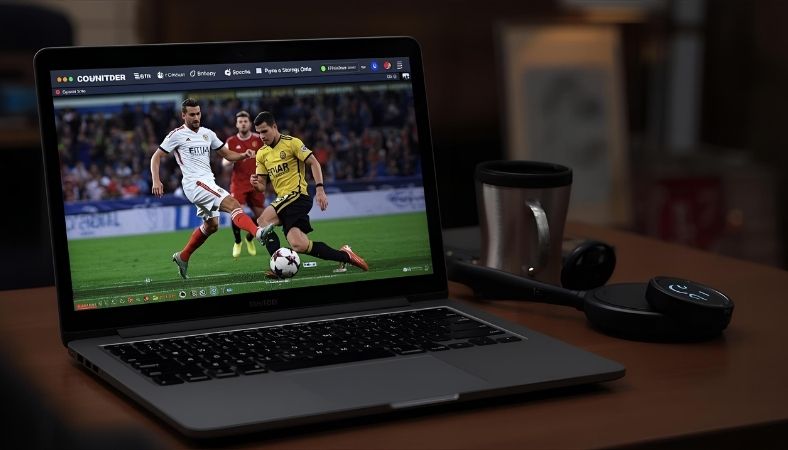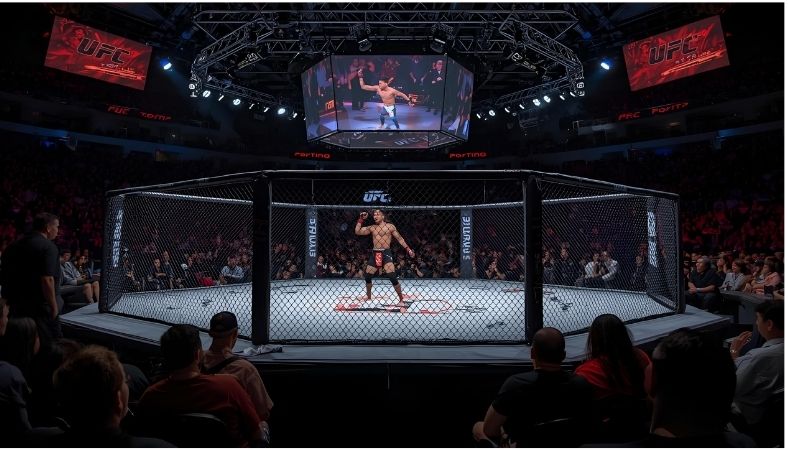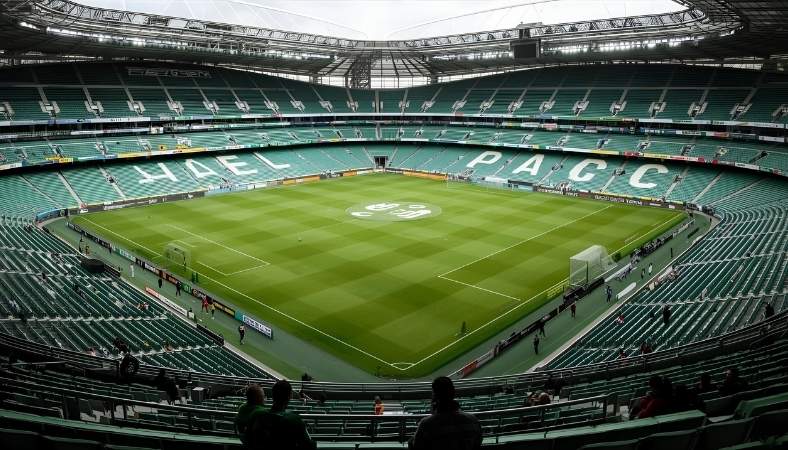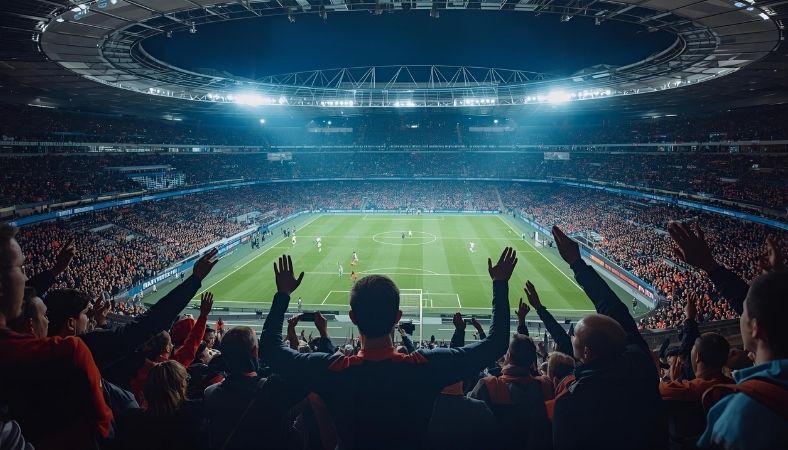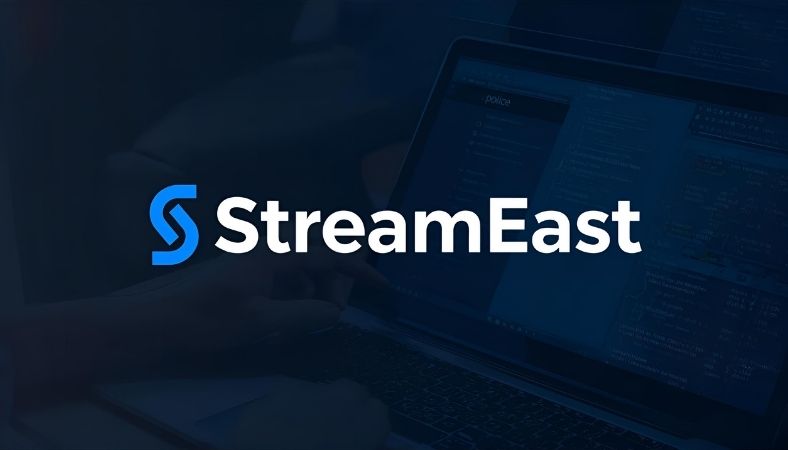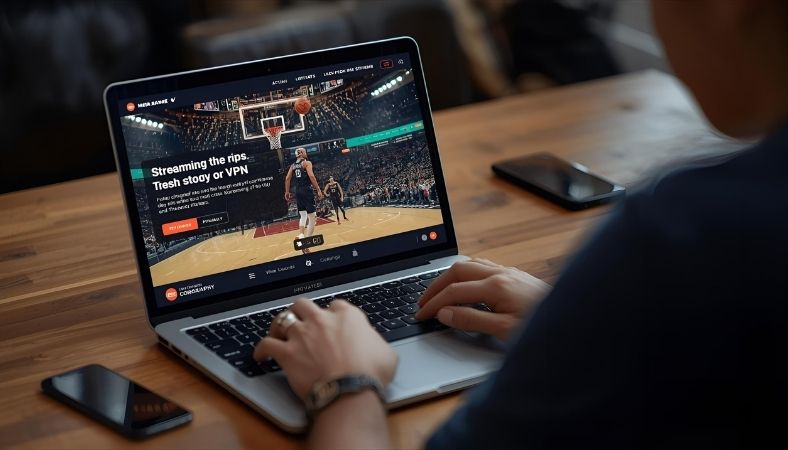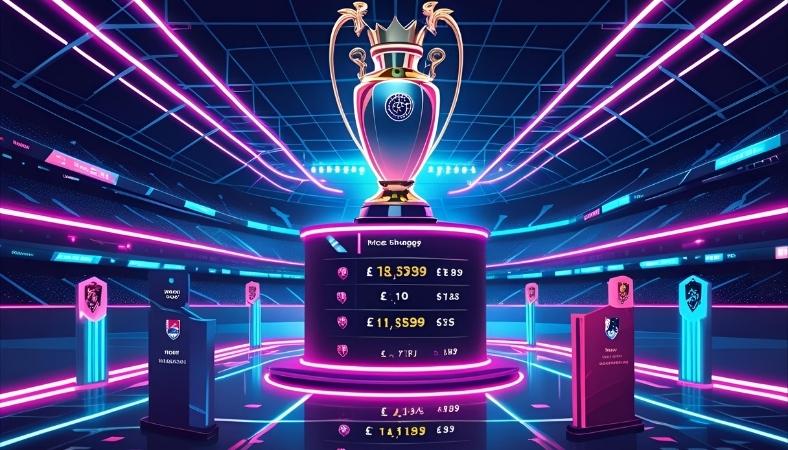
Imagine picking a budget striker in Fantasy Premier League (FPL) at £5.0m, watching their price soar to £5.4m after a few goals, and selling them to pocket extra cash for a premium star like Salah. That’s the magic of FPL price changes a system that rewards sharp managers who time their transfers right. But miss the boat, and you could be stuck with a dropping player, haemorrhaging team value. Whether you’re a casual player or a mini-league champion, understanding price changes can transform your season. Let’s break down how they work, how to predict them, and how to turn them into your secret weapon.
Key Takeaways
- FPL price changes happen daily based on player transfers, letting you build team value to afford top stars.
- Tools like LiveFPL predict rises and falls with about 65% accuracy, helping you avoid getting priced out.
- You only keep half the profit from a price rise when selling, so buying low is critical.
- Injuries and flags can lock prices for about 8 days, creating windows to grab bargains.
- Use wildcards to reset your squad and lock in value without losing your gains.
What Are FPL Price Changes and Why Should You Care?
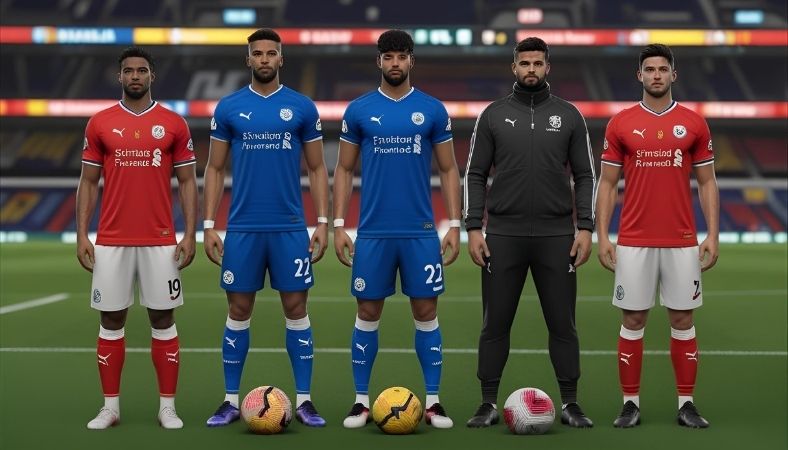 Picture this: you’ve got a £100m budget to build your dream FPL squad, but by mid-season, savvy managers are rolling with £110m or more. How? FPL price changes shift player values daily based on how many managers transfer them in or out. A hot striker scoring hat-tricks might jump from £6.0m to £6.3m in a week, while an injured star could plummet. These shifts aren’t just numbers—they’re your ticket to upgrading your team or getting stuck with a budget squad.
Picture this: you’ve got a £100m budget to build your dream FPL squad, but by mid-season, savvy managers are rolling with £110m or more. How? FPL price changes shift player values daily based on how many managers transfer them in or out. A hot striker scoring hat-tricks might jump from £6.0m to £6.3m in a week, while an injured star could plummet. These shifts aren’t just numbers—they’re your ticket to upgrading your team or getting stuck with a budget squad.
Building team value means you can afford premium players like Haaland or Saka later in the season. Last year, Newcastle’s Alexander Isak skyrocketed by £2.0m after a string of goals, letting savvy managers trade up. But misjudge a transfer, and you might lose value, like those who held onto an injured player too long. Knowing the system gives you an edge in your mini-league.
How Do FPL Price Changes Work?
The mechanics behind FPL price changes are like a stock market for footballers, driven by supply and demand. Here’s the breakdown.
The Rules of Price Shifts
Player prices move based on net transfers—the difference between managers buying and selling a player. If thousands more pick Erling Haaland than drop him, his price might tick up by £0.1m overnight. The catch? Prices can only move £0.1m per day, up to £0.3m per gameweek, and the threshold depends on ownership. A star like Salah (22.9% owned in 2025) needs fewer transfers to rise than a niche pick like Rice.
Making Money from Price Rises
When a player’s price rises, you don’t get the full profit. If a £5.0m defender climbs to £5.4m, their selling price is £5.2m—you pocket half the rise (£0.2m). This rule, confirmed by the official Premier League site, means early buys are key. For example, grabbing Crystal Palace’s Andersen in 2023 at £4.5m before his £0.7m surge netted managers £0.3m extra for their budget.
Injuries and Flags: The Hidden Twist
Injuries throw a wrench into the system. When a player receives a red or yellow flag (for instance, due to a knock or suspension), their price often locks for about 8 days, resetting their transfer counts. This can be a golden opportunity—buy a flagged star before its price drops further. LiveFPL notes that flagged players need more sell-offs to fall, so timing is everything.
When Do Prices Change in FPL?
Timing your transfers around FPL price changes can make or break your season. Here’s when to watch.
Daily and Gameweek Timing
Price updates hit between 1-2 am UK time daily, with the most significant shifts after matchdays when transfers spike. Check tools like LiveFPL or the official FPL app right after games to catch risers early. Missing the window can leave you priced out—like when Saka jumped £0.1m overnight in 2025 after a brace.
Seasonal Trends to Watch
Prices often surge in pre-season due to hype around new signings (think Ronaldo hitting £12.5m in 2021). International breaks, though, bring drops as injuries pile up. Reddit users in 2024 complained about players like Watkins losing £0.2m during breaks. Knowing these patterns helps you plan transfers.
Biggest Risers and Fallers
History shows some wild swings. In 2025, Wolves’ Ait-Nouri gained £1.5m after a hot streak, while injured stars like De Bruyne dropped £0.3m in a single gameweek. Older data from X posts shows Son’s £0.6m rise in 2023 as a standout. Tracking these trends on @FPLPriceChanges can clue you in early.
Predicting FPL Price Changes: Tools and Hacks
Guessing who’ll rise or fall is tough, but tools and strategies can give you a leg up.
Top Tools for Predictions
Free tools like LiveFPL (65% accurate for rises, 61% for falls) and FPLStatistics.co.uk track net transfers and predict changes. Paid options like Fantasy Football Fix offer deeper analytics, like ownership trends for players like Watkins (23.4% in 2025). I’ve used LiveFPL myself and found its watchlist feature handy for spotting risers before bed.
How Prediction Algorithms Work
These tools estimate changes based on net transfers relative to ownership. A low-owned player like a £4.5m defender needs thousands of buys to rise, while Salah might need just a few hundred. Fantasy Football Scout points out that FPL sometimes tweaks thresholds manually, which frustrates players but keeps things dynamic.
5 Hacks to Spot Risers Early
- Check fixture difficulty: Budget picks facing weak teams often surge (e.g., Burnley defenders in easy runs).
- Follow the hype: New signings like Watkins get transfer spikes—monitor X for buzz.
- Use community insights: Reddit’s r/FantasyPL has threads on form players before prices move.
- Track ownership: The FPL app shows % changes, like Saka’s 15% to 20% spike.
- Avoid flagged players: Wait for flags to clear to avoid locked prices.
Strategies to Cash In on Price Changes
Competent managers use FPL price changes to build value and crush their leagues.
Building Team Value Over Time
Buy low, sell high, it’s that simple. Grab differentials like Palace’s Eze early in 2024 before his £1.0m jump, then trade for a premium midfielder. Wildcards let you overhaul your squad without losing value, perfect for locking in early gains. One Reddit user started 2024 at £100m and hit £112m by gameweek 20, thanks to early picks like Isak.
Avoiding Price Drop Disasters
Late transfers to avoid injuries often backfire. Many managers end seasons at £98-99m, per Reddit, because they hold players too long. Sell underperformers early, especially before gameweeks with tough fixtures, to dodge drops.
Case Study: A Manager’s Value Win
Take “FPL_Maverick” from Reddit’s r/FantasyPL in 2024. They nabbed Newcastle’s Gordon at £6.0m pre-season, rode his £1.2m rise, and swapped him for Salah by gameweek 15. Using LiveFPL’s predictor and a wildcard, they built £10m extra value, finishing in the top 1% of their league. Tools and timing were their edge.
FPL vs. Other Fantasy Games
How do FPL price changes compare to other platforms?
Price Systems in Fantrax and UEFA Fantasy
Unlike FPL’s dynamic prices, Fantrax uses static values, making it more straightforward but less strategic. UEFA Fantasy adjusts prices mid-tournament, but not daily. FPL’s system rewards active managers who check daily, though it demands more effort than set-and-forget games.
Why FPL’s System Shines
The dynamic market adds depth, letting you play like a football chairman. Experts on Fantasy Football Scout love how it forces you to think ahead, but casual players on X grumble about the time sink. If you enjoy strategy, FPL’s price game is unmatched.
Practical Hacks to Tackle Price Change Pain Points
Let’s address the frustrations head-on with solutions.
Handling Unpredictable Price Drops
Players like De Bruyne can tank £0.3m in a week if injured. Check injury flags on the FPL app and sell before drops hit. Free hits during blank gameweeks let you swap out risky players without permanent loss.
Maximising Chip Value
Wildcards are gold for FPL price changes. Use them mid-season to lock in value from risers like Ait-Nouri. Bench boost lets you hold onto surging players longer, avoiding forced sales. Fantasy Football Fix users report 89% mini-league wins by pairing chips with price strategies.
7 Common Pain Points and Fixes
- Low team value (£98m): Buy differentials early, like £4.5m defenders in pre-season.
- Priced out of stars: Start with enablers like Rice to free up funds.
- Secretive algorithm: Stick to trusted predictors like FPLStatistics for clarity.
- Injury flags: Wait for flag resets to buy low, like post-injury bargains.
- FPL manual tweaks: Follow @FPLPriceChanges on X for real-time alerts.
- Tool overload: Use free LiveFPL before splurging on paid options.
- Mini-league pressure: Focus on value early, not just points, to pull ahead.
Wrapping It Up
Mastering FPL price changes is about staying one step ahead using tools, timing transfers, and dodging traps like injury drops. Start with a free predictor like LiveFPL to track risers, check X for real-time buzz, and use your wildcard to lock in gains. With a bit of planning, you’ll turn that £100m budget into a mini-league-winning machine. Try monitoring one player’s price tonight and see how it shifts. You might just catch the next big riser.


